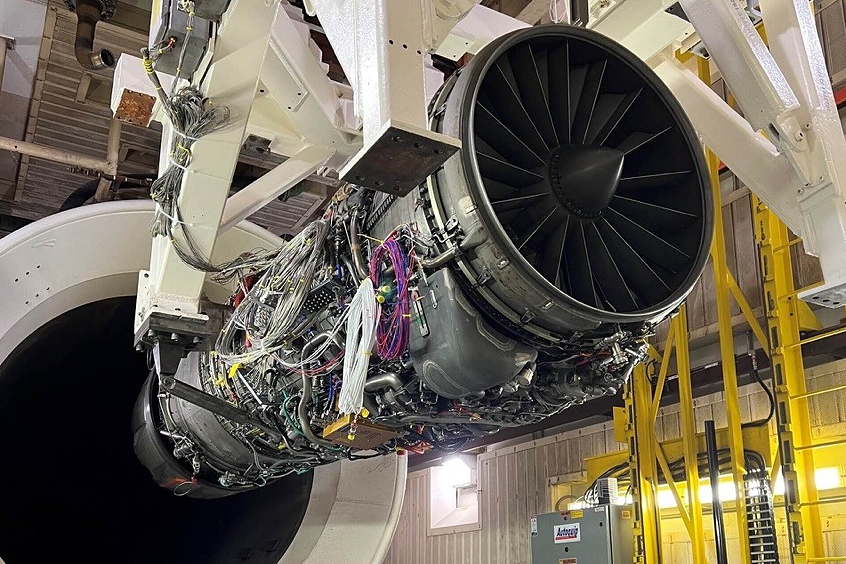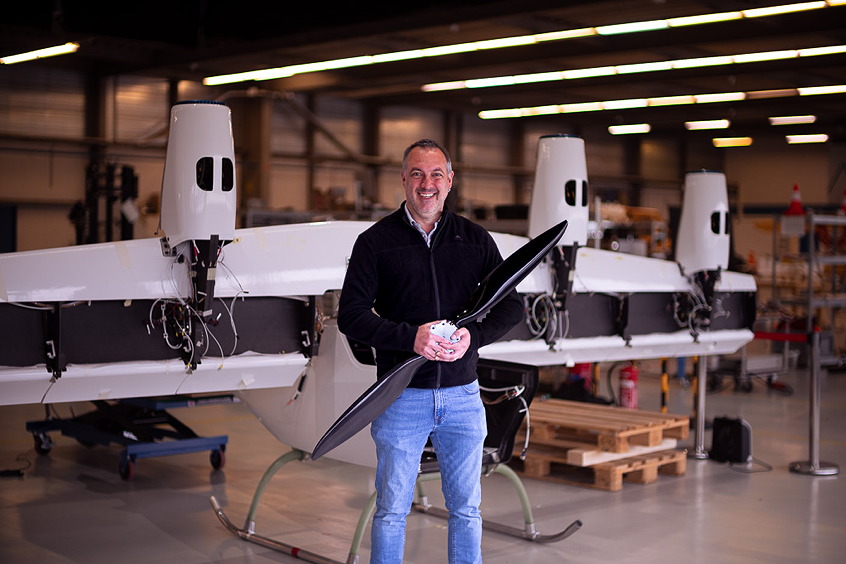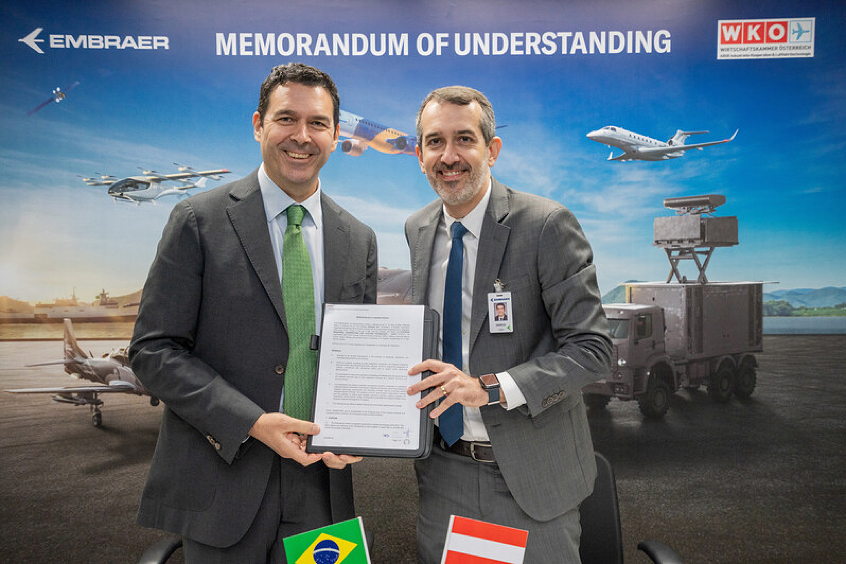Honeywell Aerospace is working with NASA's Armstrong Flight Research Center to study the most effective way to visually inform pilots flying supersonic jets about sonic booms, a loud noise caused by current aircraft traveling faster than the speed of sound. Honeywell recently flight-tested new cockpit displays that help pilots see sonic booms before they happen so they can reroute and reduce the effects of aircraft noise over populated areas. By predicting sonic boom footprints, Honeywell will remove a key roadblock to speed up the introduction of supersonic travel and support one of NASA's goals to modernize flight.
Early in 2015, Honeywell was awarded a two-year contract as part of NASA's Commercial Supersonic Technology (CST) Project to aid in overcoming the issue of sonic booms as a roadblock to commercial supersonic flight. In their first year under the contract, Honeywell and NASA have designed and developed predictive software and display technology that has been successfully tested in flight over commercial airspace.
“NASA is committed to making supersonic flight over land a reality, and key to achieving this is to reduce the impact of sonic booms,” said Bob Witwer, vice president of Advanced Technology at Honeywell Aerospace. “Using the Honeywell User Experience design concept, our engineering team has tackled how to intuitively inform pilots about upcoming terrain, weather and more — now we are helping pilots predict and visualize noise to tackle sonic booms.”
“Important to our progress in reducing the sonic boom impact over land is to have a predictive sonic boom display in supersonic aircraft cockpits that ensures our future quiet supersonic aircraft remain below acceptable noise levels,” said Brett Pauer, NASA CST subproject manager at Armstrong Flight Research Center. “We have partnered with avionics companies like Honeywell to translate our NASA algorithms into an integrated avionics system that is tested and evaluated by pilots.”
Honeywell's predictive software and displays for supersonic jets are in ongoing development and testing with NASA. The conceptual designs used under NASA's Commercial Supersonic Technology Project are tied to Honeywell's Interactive Navigation (INAV) technology. INAV is the aerospace industry's first system providing the simultaneous display of traffic, terrain, airspace, airways, airports and navigation aids. INAV software is designed to allow easy addition of new display formats to existing cockpits, and the predictive software for sonic booms takes full advantage of this feature, allowing it to be effortlessly incorporated into existing and future airplanes. Already in use on Honeywell Primus Epic integrated cockpits on Dassault, Gulfstream, Pilatus and Beechcraft aircraft, INAV will help make the next generation of supersonic flight a reality.
| Contact details from our directory: | |
| Honeywell Aerospace | Air Conditioning Equipment, Air Conditioning Equipment, Magnetometers, Cockpit Printers, Airborne Communication Systems, Cooling Systems, Cargo Systems, Airspeed Indicators, WAAS Equipment, Starter Generators, Bleed Air Systems, Air Purification Systems, Flight Management Systems, Engine Parts, Pneumatic Systems Equipment, Automatic Flight Control Systems, Inertial Components & Systems, Multi-Mode Receivers (MMR), Auxiliary Power Units, Cabin Pressure Control Systems, Autopilots, Cockpit Control Systems, Avionics Management Systems, Automatic Direction Finders, Distance Measuring Equipment, Transceivers, VOR (Omnirange) Receivers, Radio Communications Equipment, GPS, Attitude and Heading Reference Systems, Radar/Radio Altimeters, Terrain Awareness and Warning Systems, Horizontal Situation Indicator, Heading Indicators, Onboard Intercom Systems, Electronic Flight Instrument Systems, Flight Recorders, Collision Avoidance Systems/TCAS, Fly-by-Wire Systems, Air Data Computers, Cabin Management Systems, Weather Mapping Radar, Emergency Locator Transmitters, Radar Transponders, IFF Interrogators, Glide Slope Receivers, Weapons Countermeasures, LCD Displays, Moving Maps, Enhanced Vision Systems (EVS), Inflight Entertainment, Angle of Attack Indicators, Proximity Sensors, Testing Services, Environmental Testing Services, Electromagnetic Test Services, Electric Power Controllers, Cockpit Video Displays, Fibre Optic Gyroscopes, Fuel Tanks & Systems |
| NASA Armstrong Flight Research Center | Vibration Testing, Research/Consulting Services, Testing Services |
| Related directory sectors: |
| Navigation Aids (Airborne) |
| Indicators and Instruments |
| Imaging and Visual Systems |
Weekly news by email:
See the latest Bulletin, and sign up free‑of‑charge for future editions.

Amprius and Stafl team up for battery pack innovation

RISE engine efficiency project gains momentum

Dufour picks Mejzlik propeller blades for the Aero2
